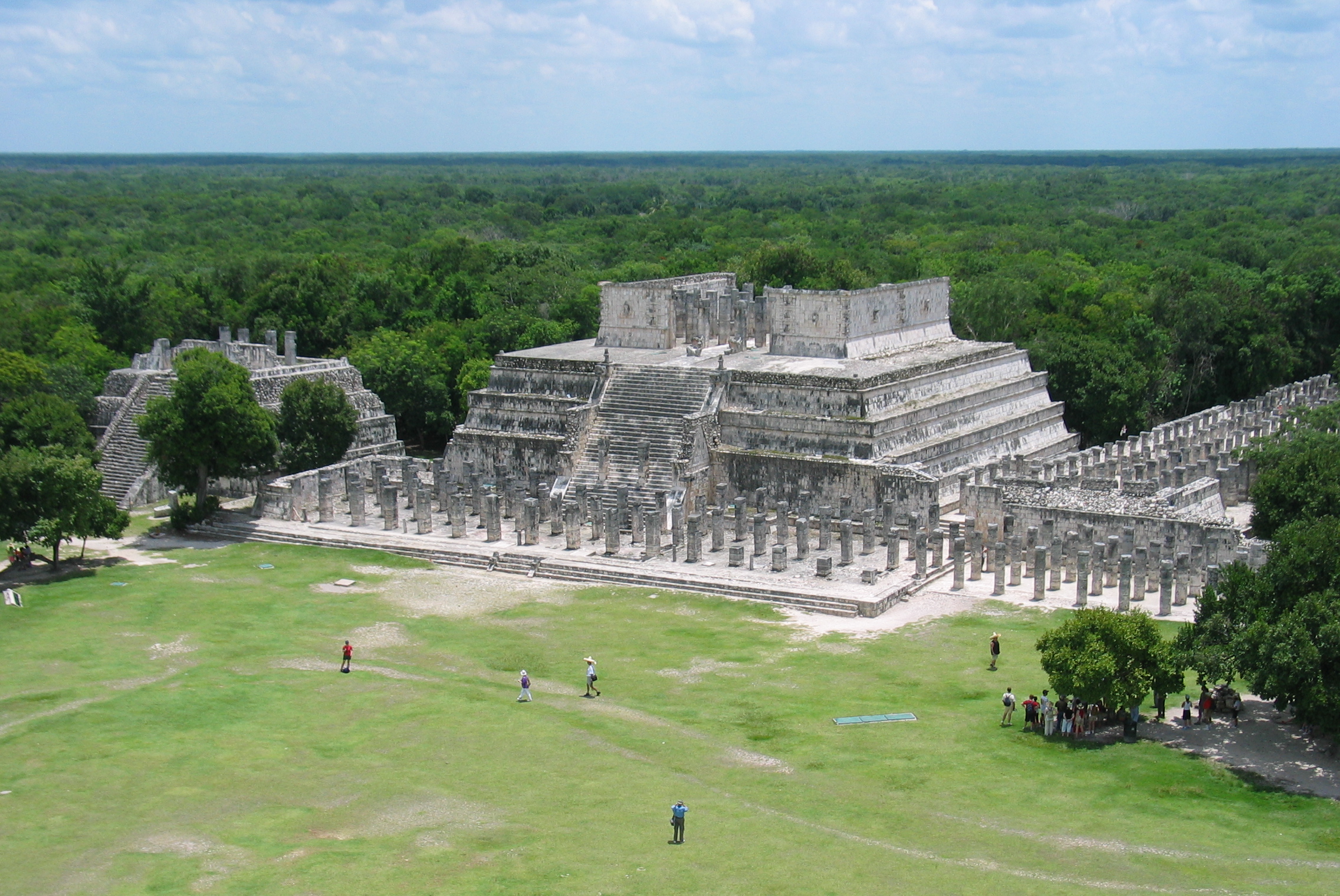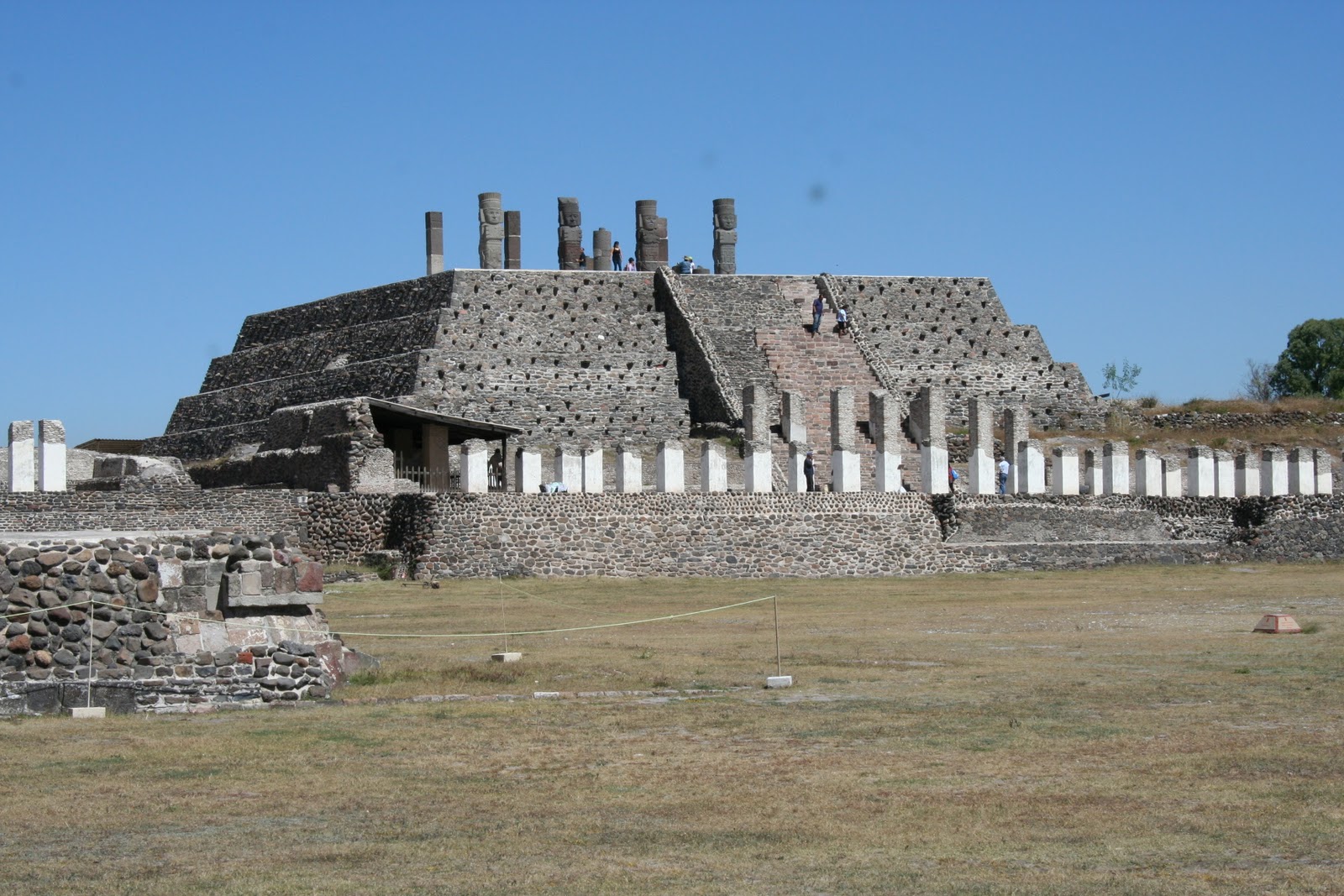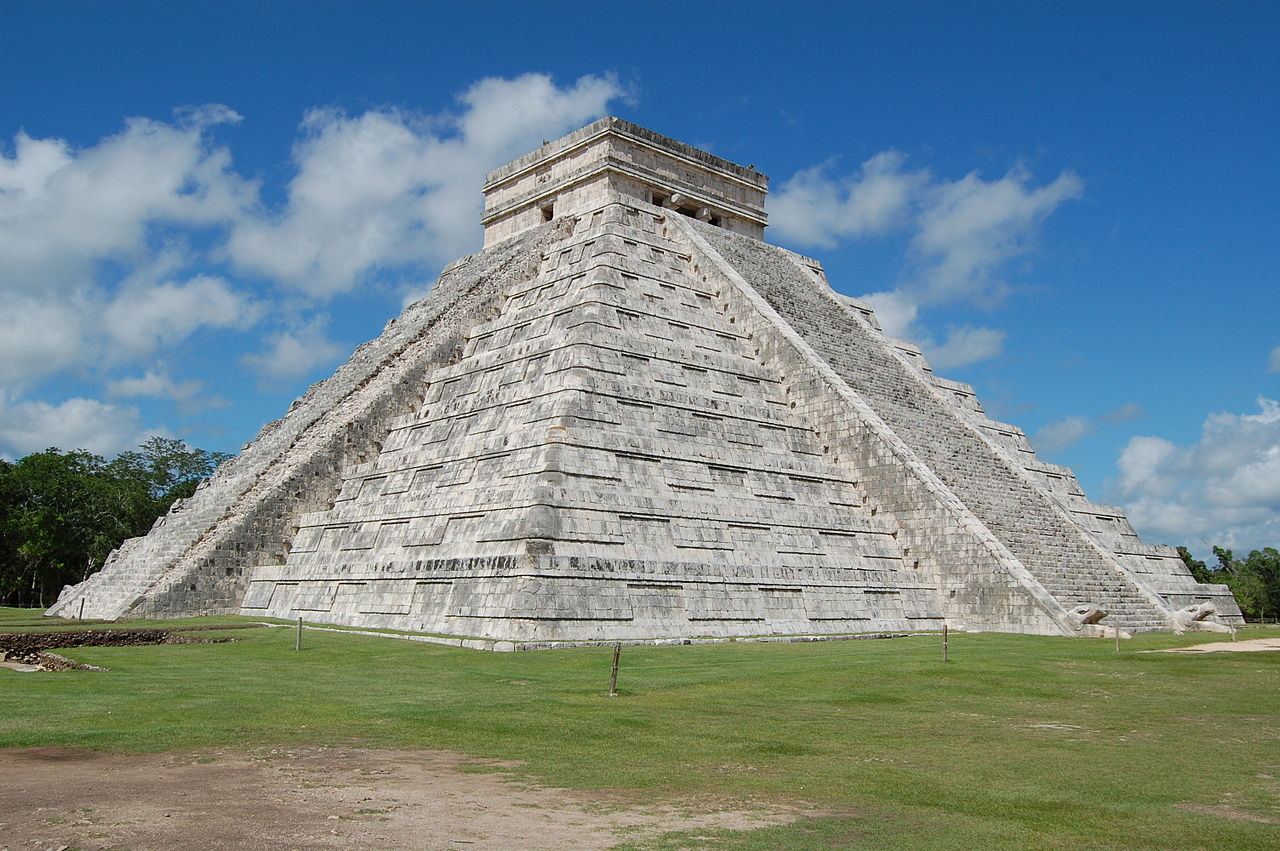The Toltecs were recognized for their great works of architecture, in fact their name means master builders. Its great monuments cause admiration but the Ceremonial Centers of the Toltec Culture They are considered as wonders of the whole world.

Ceremonial Centers of the Toltec Culture
The Toltec culture corresponds to a civilization prior to the arrival of the Spaniards from Mesoamerica that almost completely occupied the central part of present-day Mexico approximately between the tenth and twelfth centuries after Christ. The legends of the Nahuatl people maintain that it was the Toltecs who created the world and called them the Master Builders. The Aztecs to claim their superiority over the other peoples of Mesoamerica proudly claimed to be direct descendants of the Toltecs.
The roots of the Toltec people come from the Tolteca-Chichimeca people who, in the ninth century after Christ, migrated from the desert areas of the northwest to Culhuacán in the Valley of Mexico. The Toltecs located their first settlement in Culhuacán and later settled in Tollan or Tula, which means “place of reeds”. The city expanded until reaching approximately fourteen square kilometers and a population that varied between thirty thousand to forty thousand inhabitants.
Toltec architecture was initially under the influence of the Teotihuacan culture and the Olmec culture. The temples, the pyramids with steps, the living areas and the spaces to play ball were created by the Toltec culture.
Tula
The city of Tollan Xicocotitlan (in Nahuatl means Great City near Xicuco Hill), better known as Tula, was the capital of the Toltec culture. Tula is located sixty-five kilometers northwest of Mexico City on the banks of the river of the same name. Due to its geographical location, Tula quickly became an important point within the turquoise route, which comes from the northern part of the Mesoamerica region and the Chaco Canyon region in the state of New Mexico in the United States.
In the archaeological zone of Tula there are a couple of architectural complexes that represent the most striking of the city of Tollan Xicocotitlan known as Tula Chico and Tula Grande.
From Tula Chico was the beginning of the development of the city of Tula. This architectural complex began in the late Classic period, with Tula being a small city with a maximum area of 6 square kilometers. The complex has a square around which are the most important buildings of the group. On the platform located to the north are the most important buildings known as the East Pyramid and the West Pyramid.
The remains of a room supported by columns similar to the Palacio Quemado de Tula Grande can also be seen in this complex. Both platforms are decorated with representations that are supposed to correspond to nobles who died in battle. In the second complex of monuments identified as Tula Grande are the most representative ceremonial centers of the Toltec culture of the city of Tollan Xicocotitlan.
Pyramid of Tlahuizcalpantecuhtli
The Pyramid of Tlahuizcalpantecuhtli, also known as Pyramid B, is one of the spaces for ceremonies of the Toltec culture dedicated to the god Quetzalcóatl, patron saint of the city of Tollan Xicocotitlan. The structure features a truncated pyramid platform on top of which are the world-renowned Tula Atlanteans. In this temple is the representation of the deity Tezcatlipoca, who is the god of providence and darkness, this being the oldest located in the central highlands of Mexico.
The four Atlanteans of Tula are allegories of Toltec warriors, with all their attributes: a butterfly-shaped chest protector, an atlatl, darts, a flint dagger and other weapons of the Toltec culture. The serpentine-shaped temple turrets are decorated with feather-covered serpents that are a way of worshiping the god Quetzalcoatl. Behind the Atlanteans there are allusions to the mythological confrontation between Quetzalcóatl and Tezcatlipoca.
burnt palace
The burned palace is also known as Pyramid C or Building number three. This palace was given this name because it is suspected of a great fire that destroyed the center of the population of Tollan Xicocotitlan at the time of the decline of the Toltec culture. All signs point to the fact that this building was used as a meeting place to deal with public or state affairs.
Chichén Itzá
Chichen Itza is one of the archaeological areas of Mexico. It is located on the Yucatan peninsula. It is considered one of the spaces for events of the Toltec culture, for which it received the influence of the different cultures of the peoples who occupied it through the centuries. It was recognized as a UNESCO World Heritage Site in 1988.
The temple of Kukulcán, whose influence of the Toltec culture is evident, was named as one of the new seven wonders of the modern world, by the vote of millions of people from all over the world, by private initiative of New Open World Corporation, without the UNESCO participation.
Chichen Itza was probably built around the year 455. The city is divided by a group of buildings that were founded between the XNUMXth and XNUMXth centuries, corresponding to the Mayan period, and a second series of buildings that were built between the XNUMXth and XNUMXth centuries. the eleventh century that belong to the Toltec culture.
The Toltecs invaded Chichen Itza in the 1178th century and made it their capital. In 1194 it was defeated by the united army of three city-states: Mayapán, Uxmal and Itzmal, led by Hunak Keel. By the time of the Spanish conquests (mid-XNUMXth century), Chichen Itza was in ruins. After XNUMX, the city was completely deserted. There is no exact data on what caused this.
The Castle or the Pyramid of Kukulcán
The temple is located in the center of a large terrace of about forty acres and is surrounded by a wide stone wall. The pyramid measures twenty-four meters and the temple located at the top six meters, the length of each of its sides is fifty-five meters. Each side of the temple has nine steps. From the four sides from the base to the top of the pyramid, there are four steep stairs oriented to the cardinal points.
The stairs are flanked by a stone-made baluster, which begins at the bottom of the serpent's head and continues in the shape of the curved serpent's body to the top of the pyramid. Every year, during the autumn and spring equinox, you can see the unique show “The Feathered Serpent”. The shadow of the stepped edges of the pyramid falls on the stones of the balustrade. At the same time, it seems that the Feathered Serpent comes to life and creeps up in March and down in September.
Each of the four stairs of the temple has ninety-one steps, and their total number is three hundred and sixty-four. Together with the base platform at the top of the pyramid, which joins the four stairs, we get the number three hundred and sixty-five, the number of days in a solar year. In addition, the number of sections on each side of the temple have a symbolism, the nine steps of the pyramid are divided in two by a ladder, that is, eighteen, which coincides with the number of months in the year of the Mayan calendar.
The nine tracks of the temple correspond to each of the heavens included in Toltec mythology. The fifty-two stone reliefs on each wall of the sanctuary symbolize a cycle of the Toltec calendar. At the top of the pyramid is a small temple with four entrances. Sacrifices were made on it.
Inside the pyramid, whose main entrance is on the north side and is decorated with two massive columns in the form of snakes writhing above the head, there is a temple with two rooms. Contains the sacrificial figure of Chuck-Moll and the Jaguar Throne. In addition to the function of a temple, the pyramid probably served as a calendar.
Sacred Cenote
The Sacred Cenote also known as the Well of the Victims, is a natural well (cenote) in the ancient city of Chichen Itza in Mexico. It is located three hundred meters north of the main buildings of the city, with which the sacred Sacbej (path) connects.
It is a giant round crater with a diameter of more than sixty meters. Its sheer walls, built from layers of limestone, drop steeply into the dark green water. According to the Mayans, the rain god Chac lived inside the well. The Mayans brought him human sacrifices and threw them at the bottom of the cenote. The last great sacrifice is believed to have taken place in the cenote on the eve of the arrival of the Spanish in the early XNUMXth century. After that, the well was abandoned and covered by the jungle.
The Temple of the Warriors
The Temple of the Warriors was built by the Mayans around the year 1200. The temple bases its design on Toltec architecture as evidenced by its similarity to the Tlahuizcalpantecuhtli temple, which is located in a sector of Tollan Xicocotitlan or Tula.
The Temple of the Warriors is located in the eastern part of the Great Plaza of Chichen Itza. It has a dimension of forty meters per side. Its shape is a step-shaped pyramid with four bodies, the temple located on the upper level is made up of two rooms. In the entrance portico there are two giant rattlesnakes, which serve as a support for the lintel.
The Temple of the Warriors has many vaulted rooms supported by columns. It has a sculpture of the god Chac Mool at the entrance of the temple. It also has two hundred piers and columns, which are known as the Group of a thousand columns.
Here are some links of interest:



